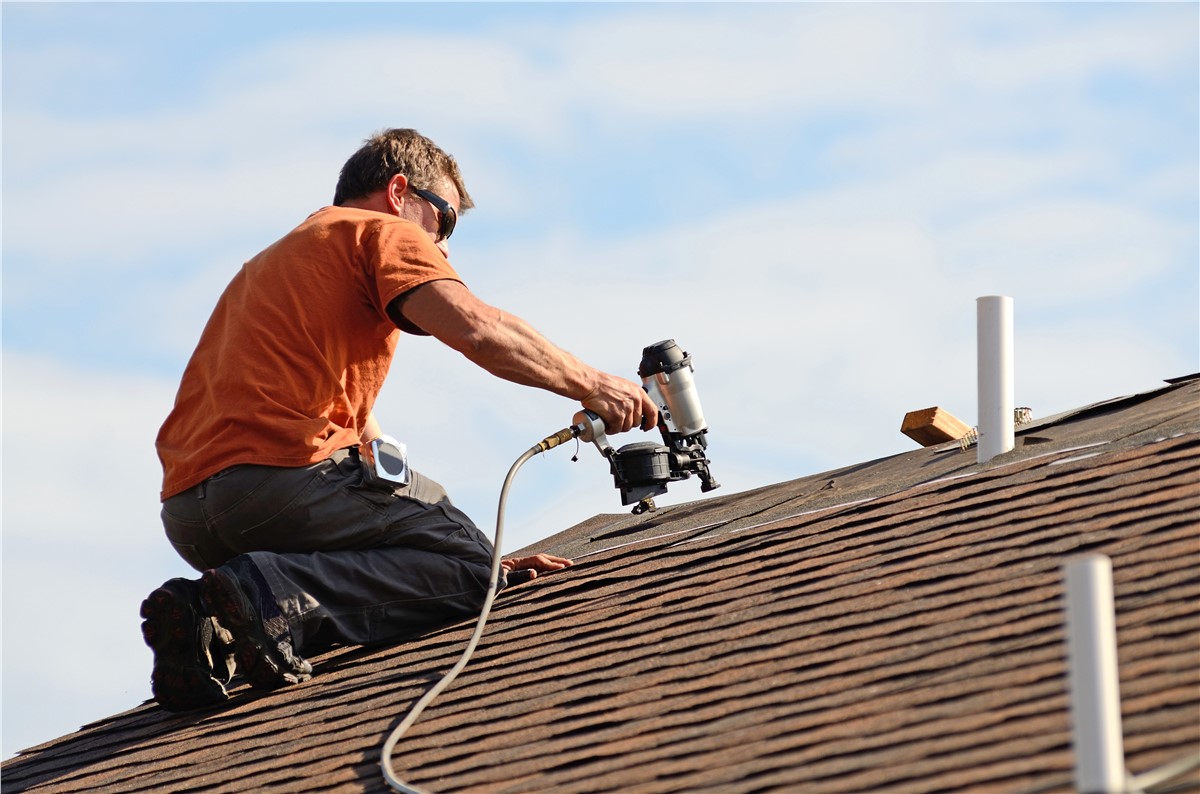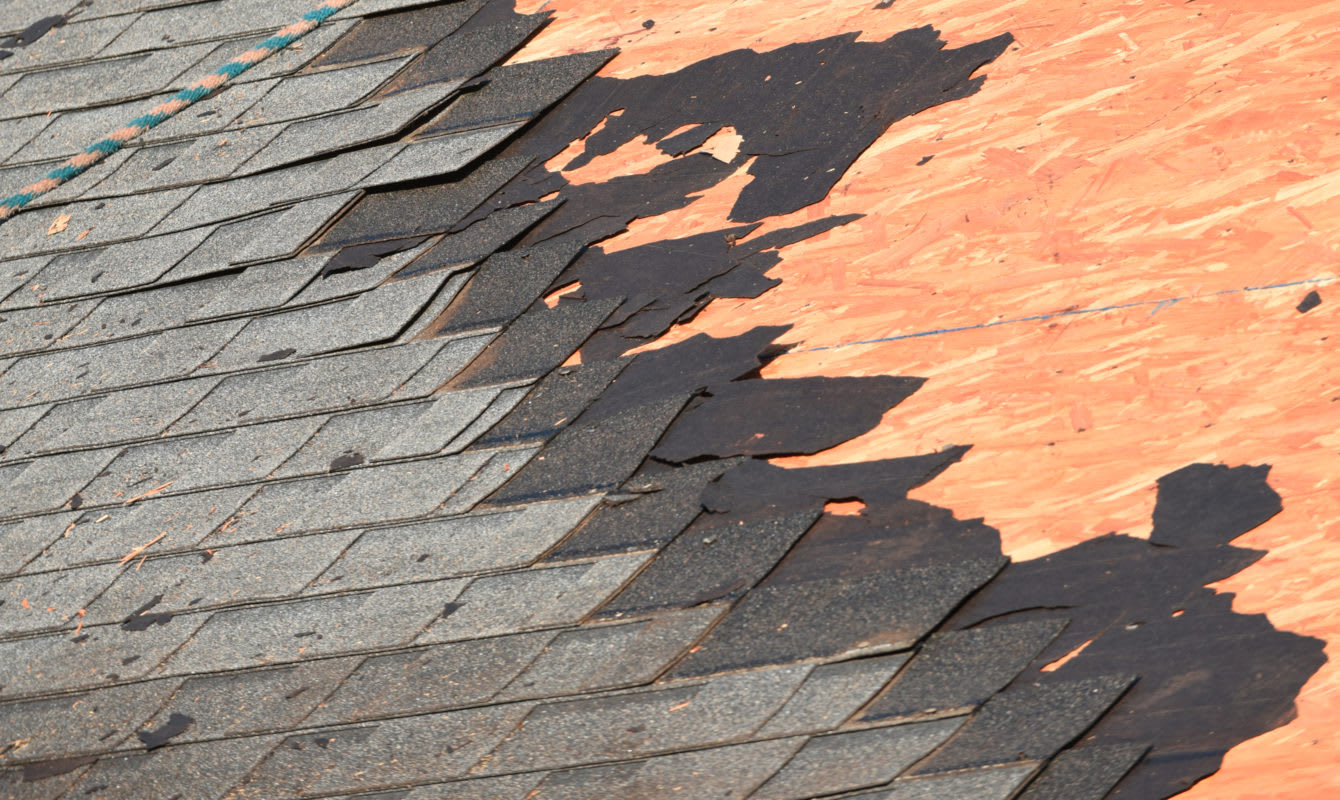Oahu Roofing: Dependable Roofing Solutions for Residences and Services
Oahu Roofing: Dependable Roofing Solutions for Residences and Services
Blog Article
Understanding the Different Kinds of Roofings: A Comprehensive Overview for Homeowners
With a selection of alternatives-- varying from the traditional gable to the modern flat-- each kind offers unique advantages and challenges that should align with the house owner's details demands and ecological factors to consider. As we explore the ins and outs of various roofing types, it ends up being noticeable that one dimension does not fit all; the right option may stun you.
Saddleback Roof
Saddleback roofs, identified by their triangular shape, are among the most prominent roofing styles because of their simpleness and efficiency in losing water and snow. This style includes 2 sloping sides that meet at a ridge, permitting effective water drainage and decreasing the threat of water accumulation. The high pitch typically connected with saddleback roofs boosts their ability to take care of heavy precipitation, making them suitable for various environments.
Along with their sensible advantages, saddleback roofs offer visual versatility. They can be adapted to different building designs, from standard to modern-day homes. The design can likewise suit additional attributes such as dormer home windows, which enhance all-natural light and ventilation in the attic room room.
Furthermore, gable roofings give adequate space for insulation, adding to energy efficiency. Home owners can pick from a variety of roof covering materials, including asphalt tiles, steel, and floor tiles, additionally boosting personalization choices.
In spite of their benefits, saddleback roofs might require additional assistance in locations vulnerable to high winds or hefty snowfall. Overall, the saddleback roof continues to be a favored selection because of its blend of capability, sturdiness, and visual allure.
Flat Roofs
Flat roofing systems are often recognized for their minimalist design and functional applications, particularly in commercial and business setups (oahu roofing). These roofing systems feature a horizontal or nearly horizontal surface area, which enables for easy construction and flexible space use. While they may lack the aesthetic charm of angled roofs, flat roof coverings supply countless advantages, especially in urban environments where optimizing space is critical
One of the primary advantages of flat roofing systems is their accessibility. Property owners can use the roofing system space for numerous objectives, such as roof gardens, terraces, or solar panel setups. Additionally, flat roofing systems are usually a lot more affordable to maintain and mount compared to their sloped counterparts, as they require less materials and labor.
However, level roofing systems do present particular difficulties. Proper drainage is vital to protect against water pooling, which can bring about leaks and structural damages. For this reason, selecting high-grade waterproofing products and normal inspections are important for making sure durability. Typical products used for level roofing systems include built-up roof (BUR), modified bitumen, and single-ply membrane layers, each offering unique benefits. Generally, flat roofing systems serve as a functional and versatile option for many home owners and businesses alike.
Hip Roofings
Hip roof coverings are defined by their sloped sides that converge at the top, developing a ridge. This design stands out from saddleback roofs, as all 4 sides of a hip roof slope downwards toward the wall surfaces, offering a much more secure framework. The angle of the slopes can differ, permitting versatility in architectural aesthetic appeals and performance.
One of the main benefits of hip roofing systems is their capacity to hold up against heavy winds and negative weather. The sloped surfaces allow far better water drainage, lowering the threat of leaks and water damages. In addition, hip roof coverings supply boosted attic space, which can be utilized for storage space or even converted right into comfortable areas.
However, constructing a hip roofing can be extra intricate and expensive than easier roofing kinds, such as gable roofing systems. The additional material and labor associated with producing the inclines and making sure correct architectural integrity can cause higher costs. Despite these disadvantages, many homeowners prefer hip roofs for their durability, aesthetic charm, and potential for energy performance.
Mansard Roofing Systems
Mansard roofs, often recognized by their special four-sided design, function 2 slopes on each side, with the lower incline being steeper than the top. This building style, originating from France in the 17th century, is not just cosmetically attractive yet functional, as it makes the most of the useful area in the upper floors of a structure. The high lower incline permits even more headroom, making it a suitable option for loft spaces or attic rooms, which can be transformed right into living spaces.
Mansard roof coverings are defined by their flexibility, fitting different building designs, from typical to modern. They can be built with various products, consisting of asphalt tiles, slate, or metal, providing house owners with a variety of choices to fit their preferences and budget plans. Additionally, the style enables for the integration of dormer windows, improving natural light and ventilation in the top levels.
Nonetheless, it is necessary to think about the possible drawbacks. Mansard roofing systems might call for even more maintenance because of the complexity of their layout, and their high inclines can be testing for snow and rainfall overflow. Generally, mansard roofs combine style with functionality, making them a popular choice amongst homeowners seeking distinct building functions.
Dropped Roof Coverings
As home owners progressively seek simplicity and performance in their architectural layouts, shed roof coverings have actually arised as a preferred selection. Identified by a solitary sloping aircraft, a shed roof covering presents a minimalist aesthetic that enhances different home designs, from contemporary to rustic.
Among the main advantages of a shed roofing is its straightforward construction, which typically translates to reduce labor and product costs. This layout permits for effective water drainage, lowering blog here the risk of leaks and water damages. Additionally, the vertical slope supplies ample area for skylights, boosting all-natural light within the inside.
Dropped roof coverings likewise supply versatility in regards to use. They can be effectively integrated into additions, garages, or outdoor structures like sheds and structures. Additionally, this roofing system design can suit numerous roof materials, including steel, asphalt shingles, and even environment-friendly roofing systems, aligning with environment-friendly efforts.
However, it is important to consider local climate problems, as hefty snow lots might require adjustments to the roof covering's angle or framework. On the whole, dropped roofing systems offer click a practical and aesthetically pleasing option for homeowners aiming to maximize capability without jeopardizing style.
Conclusion


Gable roofs, characterized by their triangular form, are among the most preferred roof styles due to their simpleness and effectiveness in losing water and snow. oahu roofing. The high pitch commonly connected with gable roofing systems improves their capacity to take care of heavy precipitation, making them suitable for numerous environments
While they might lack the aesthetic allure of pitched roofs, level roofs provide numerous benefits, visit this website particularly in urban atmospheres where making best use of space is critical.

Report this page